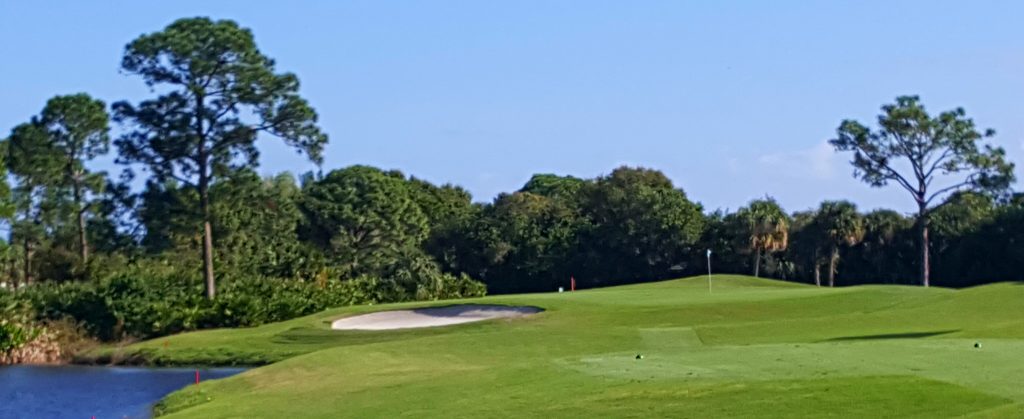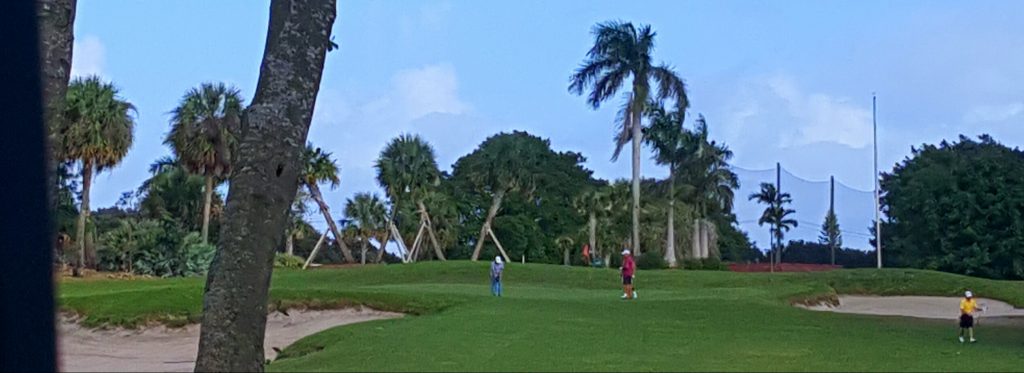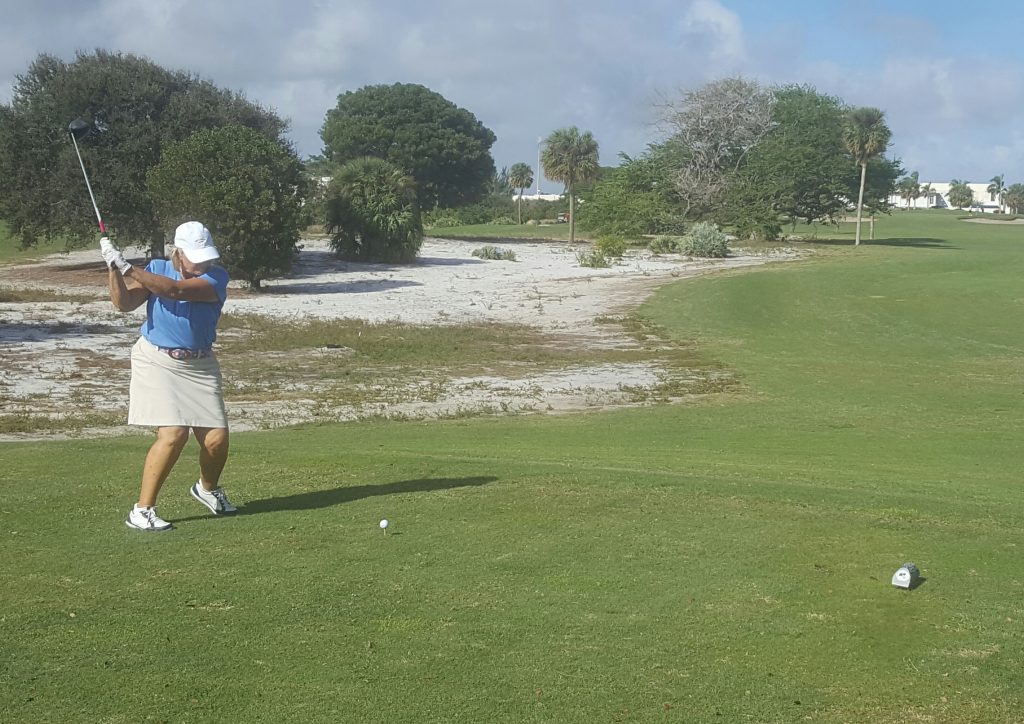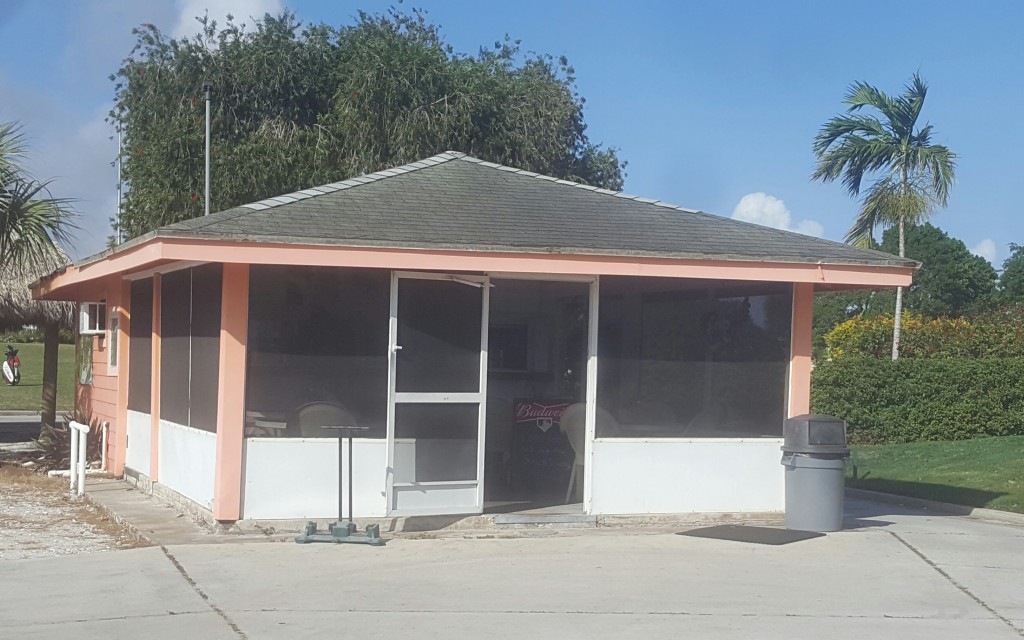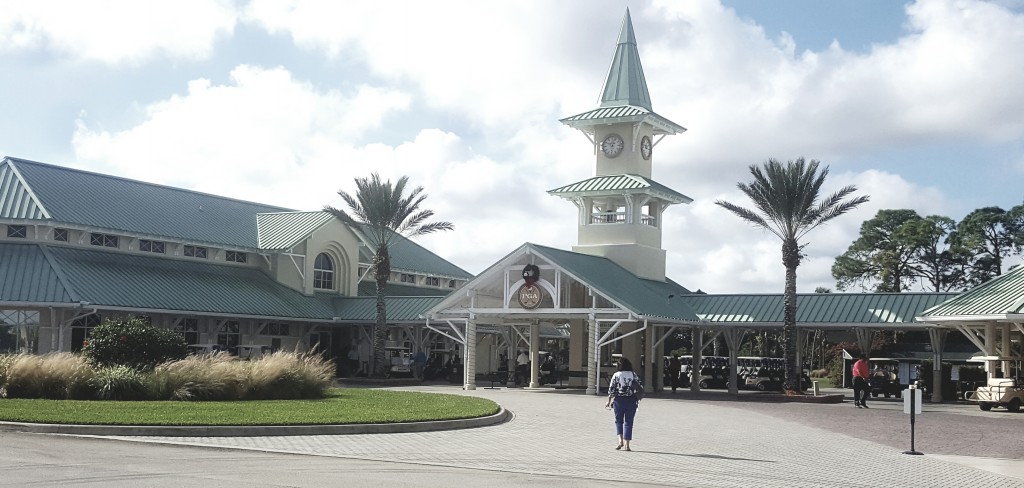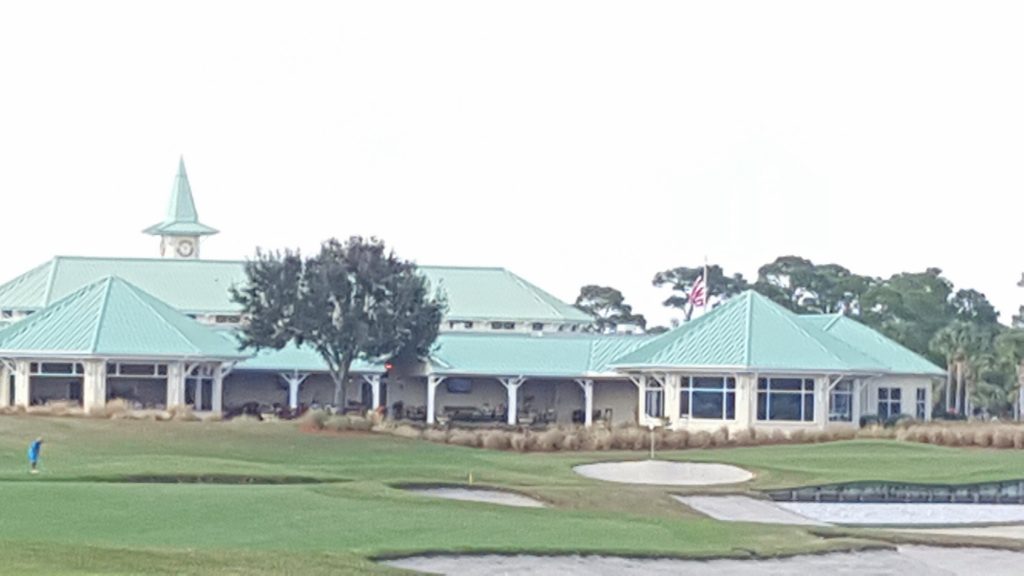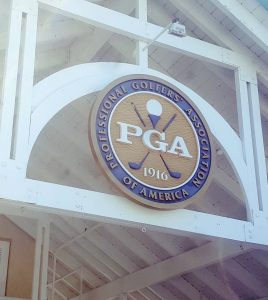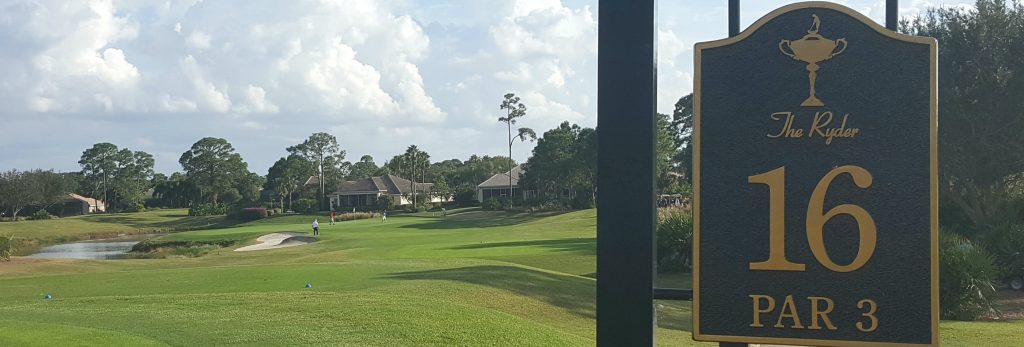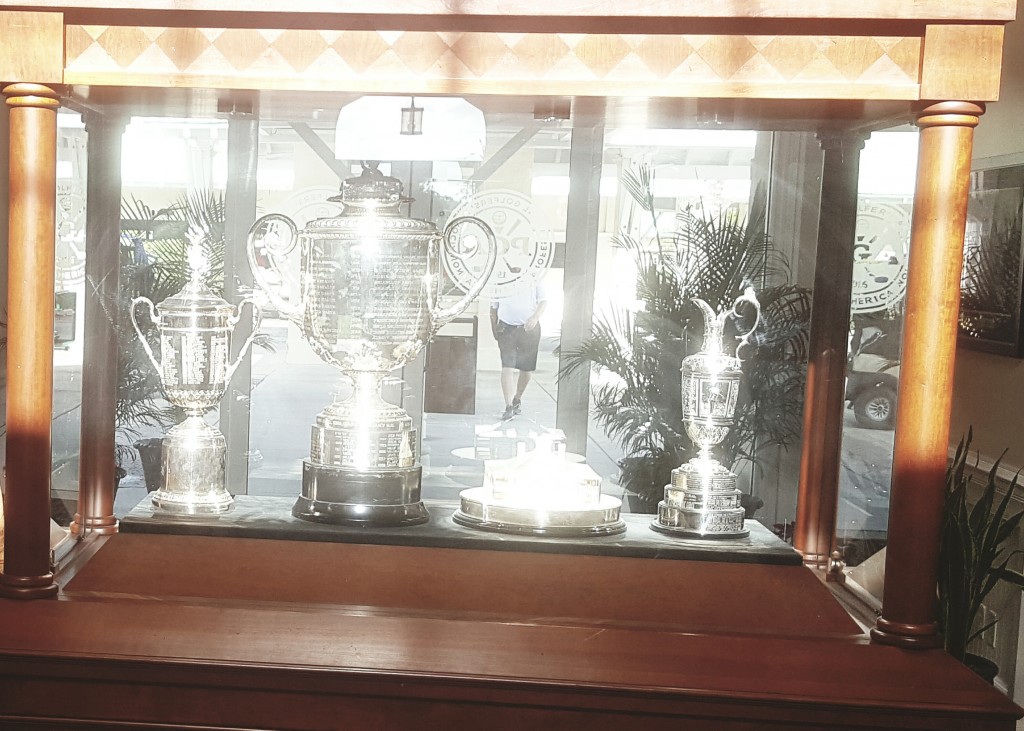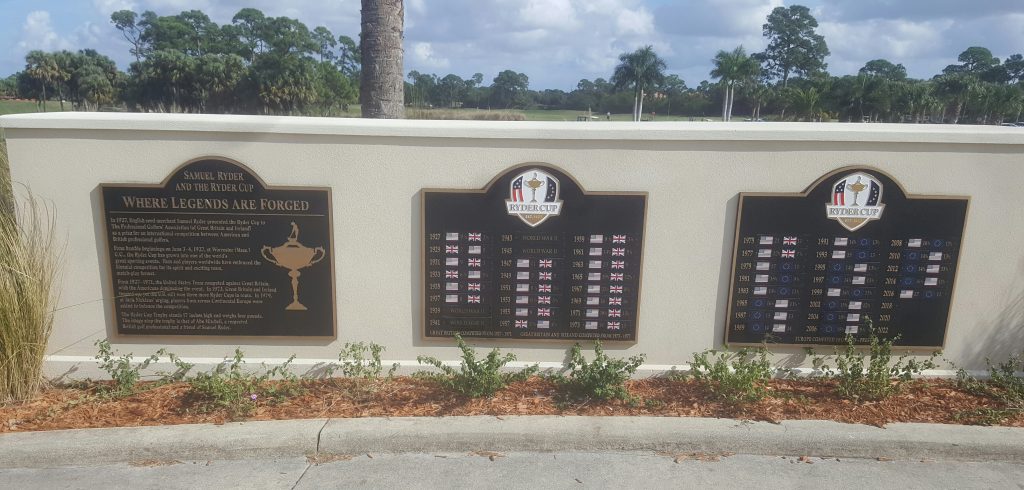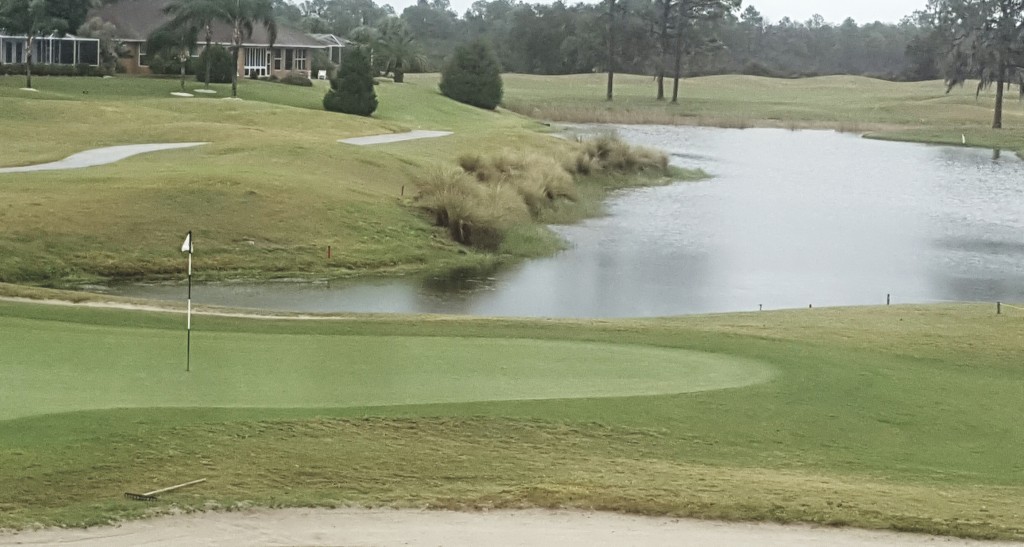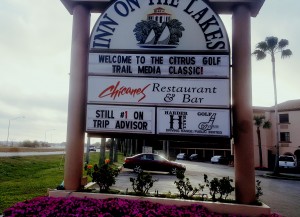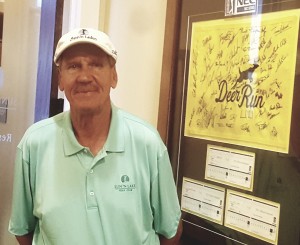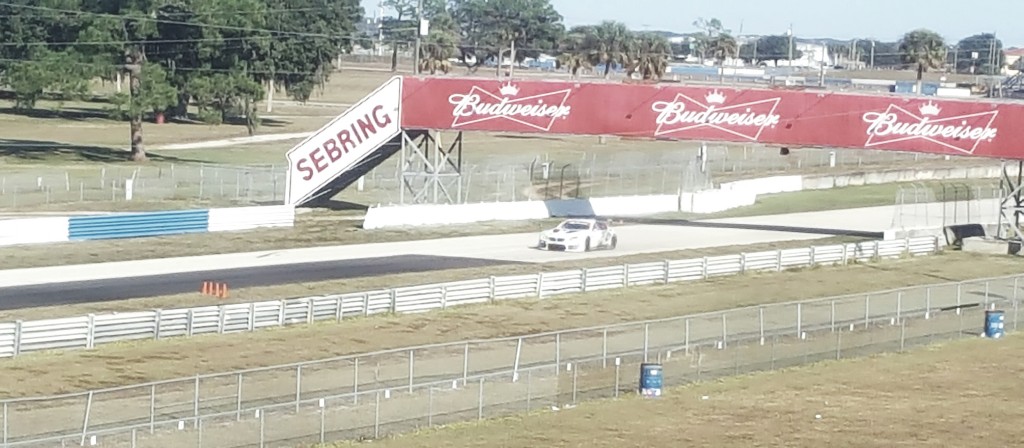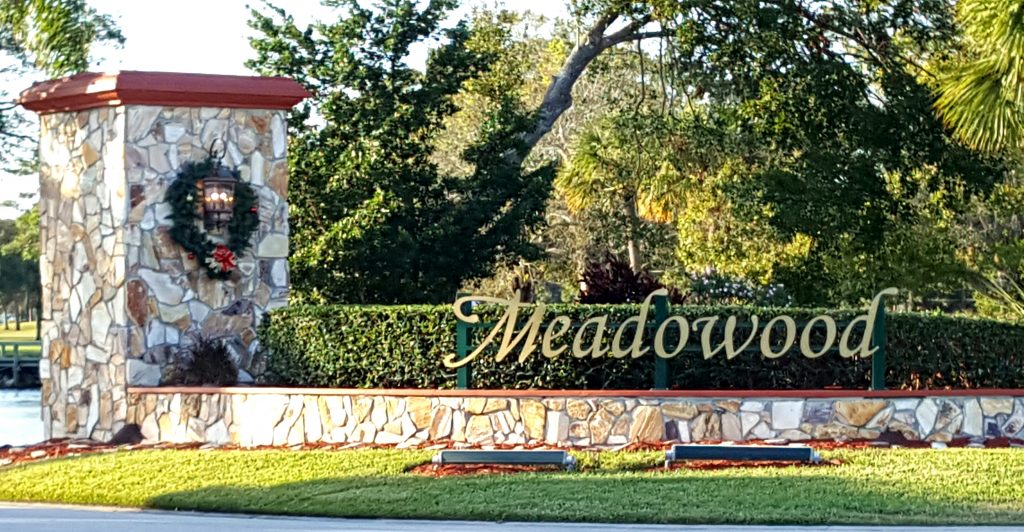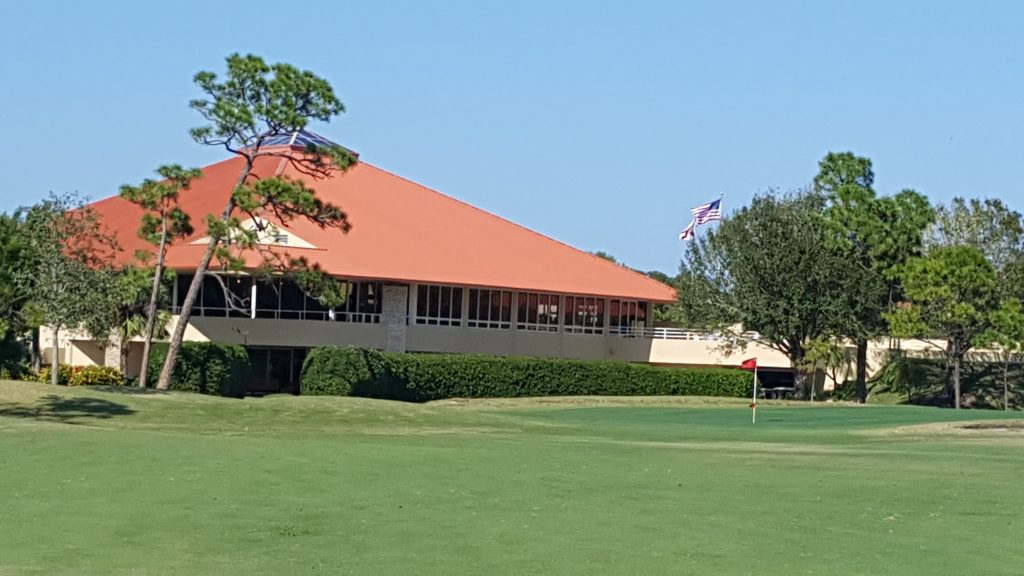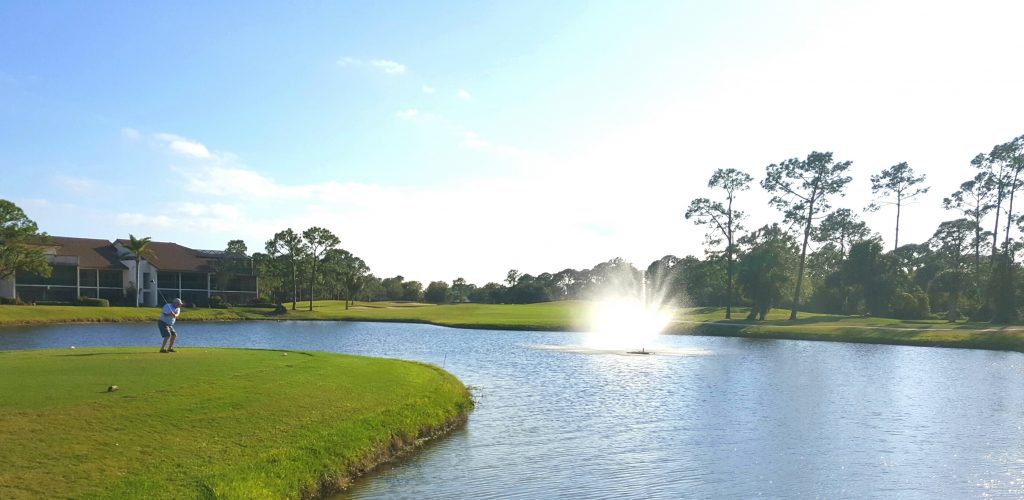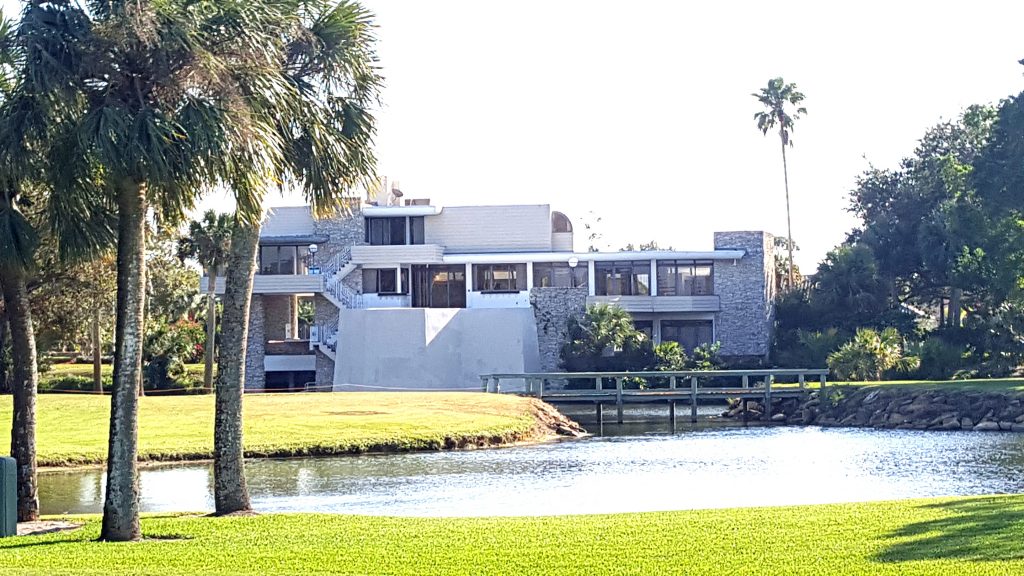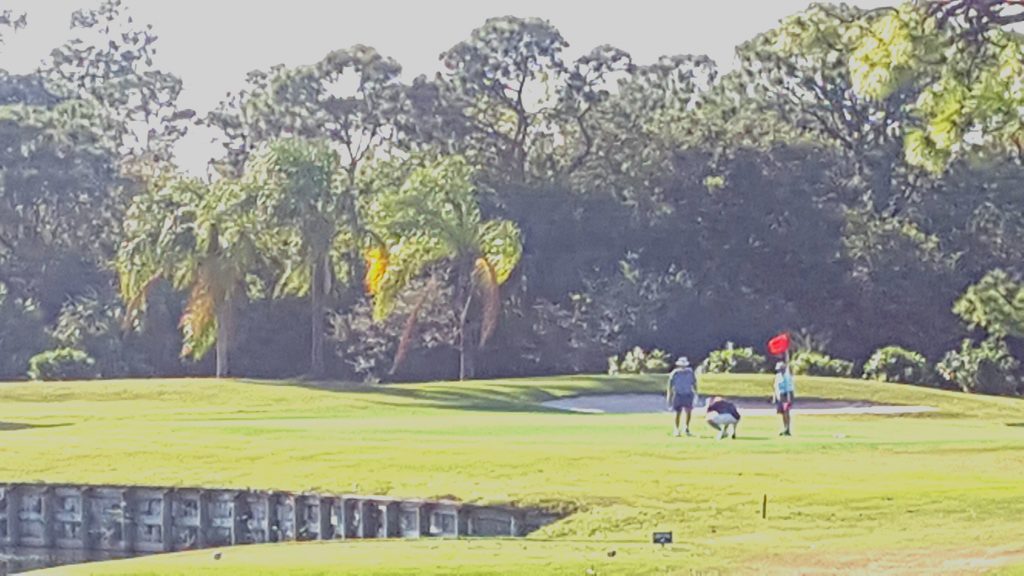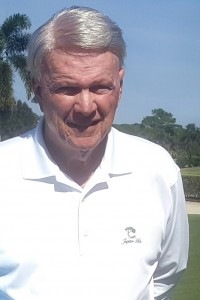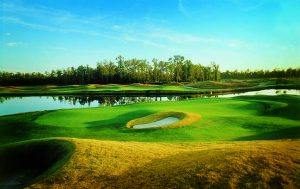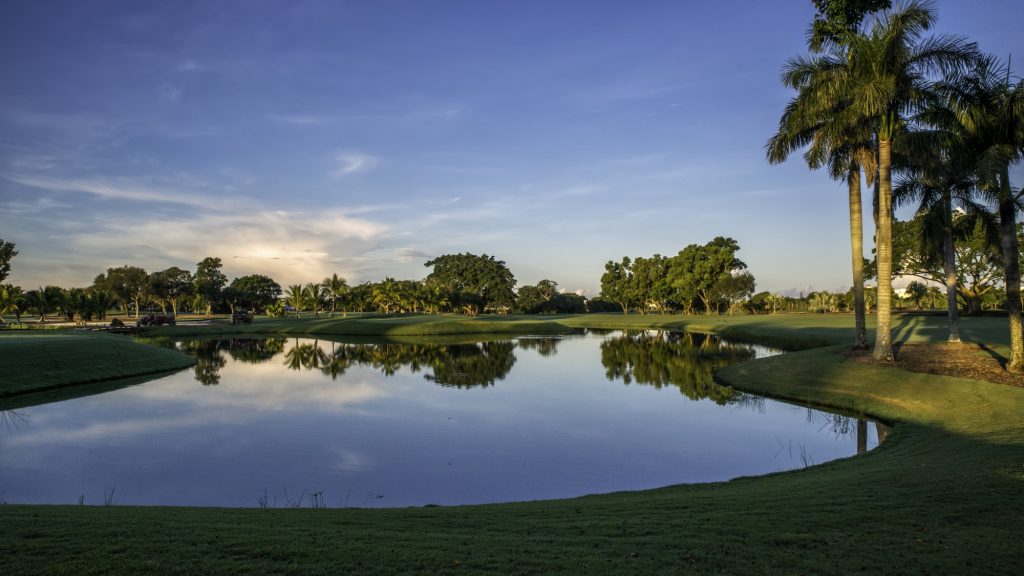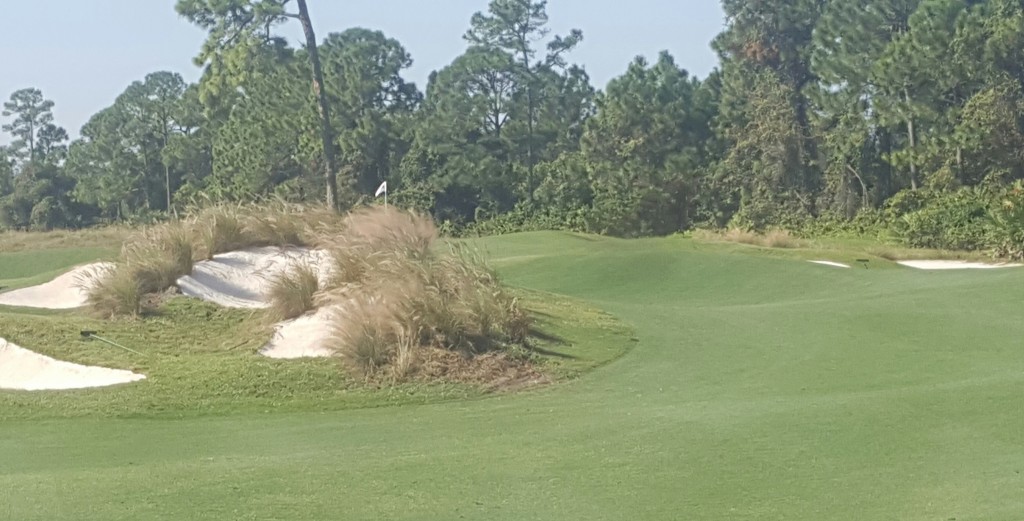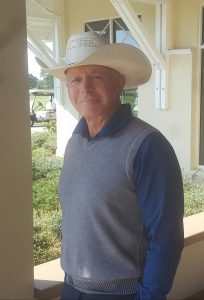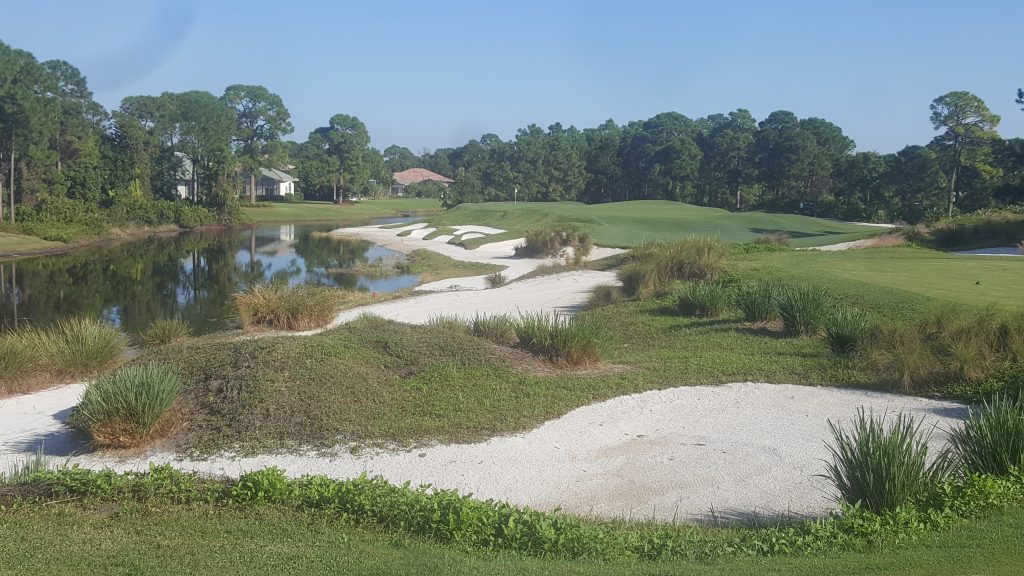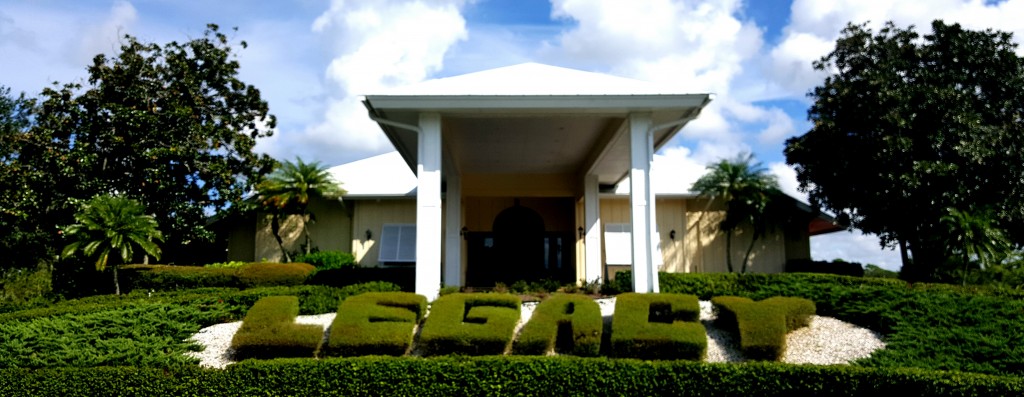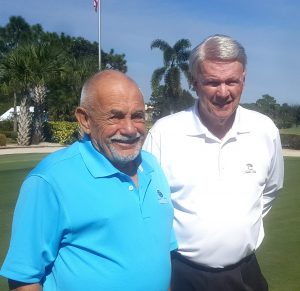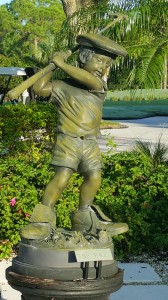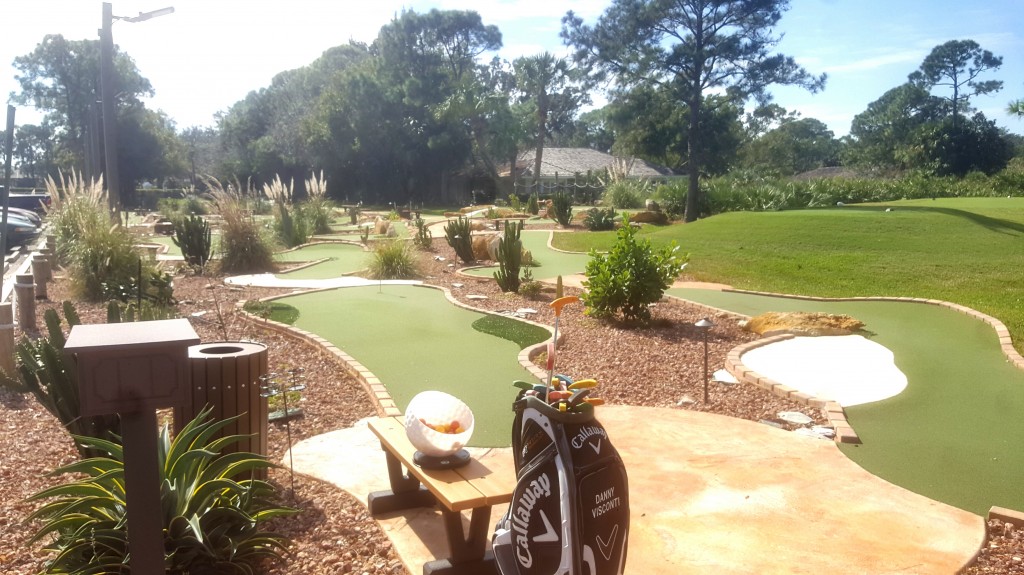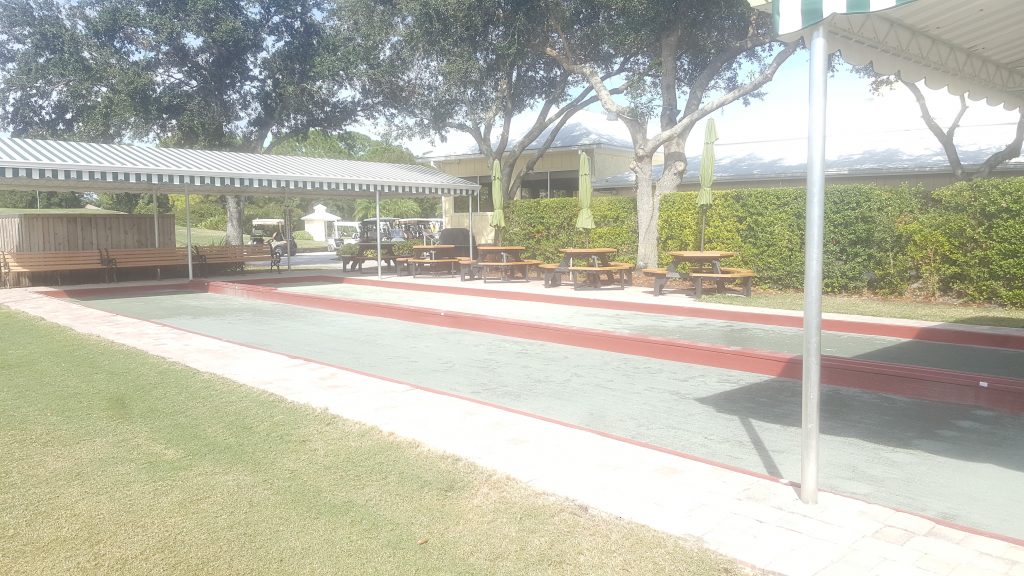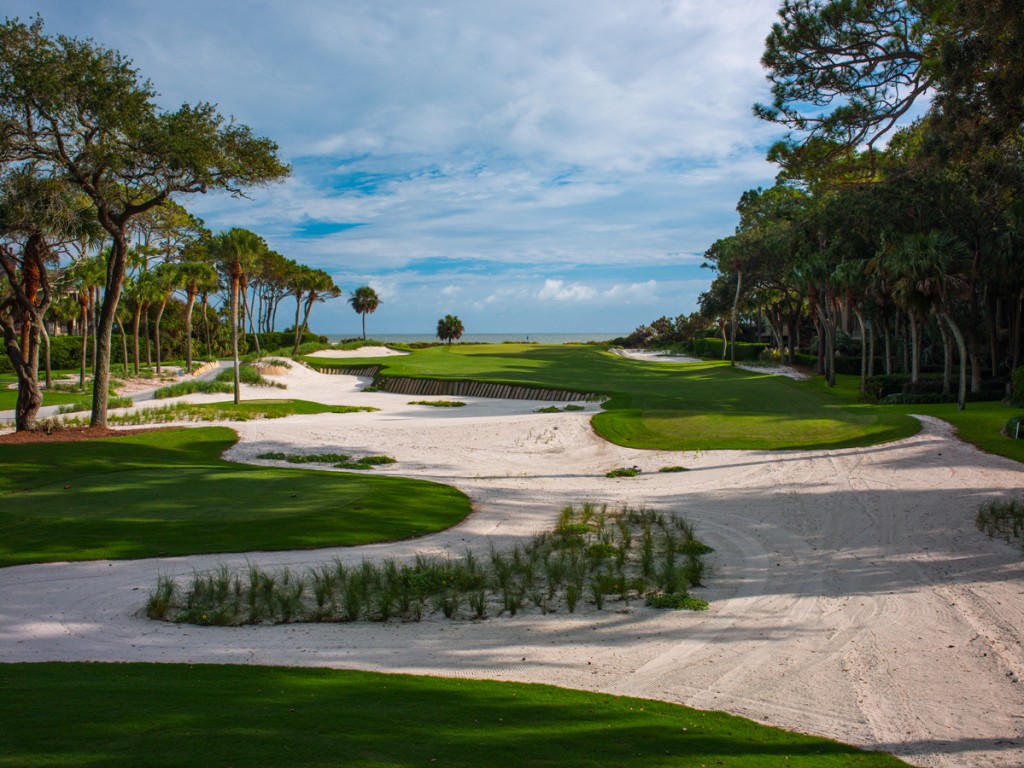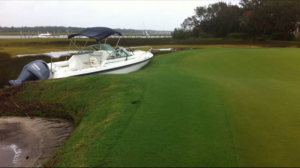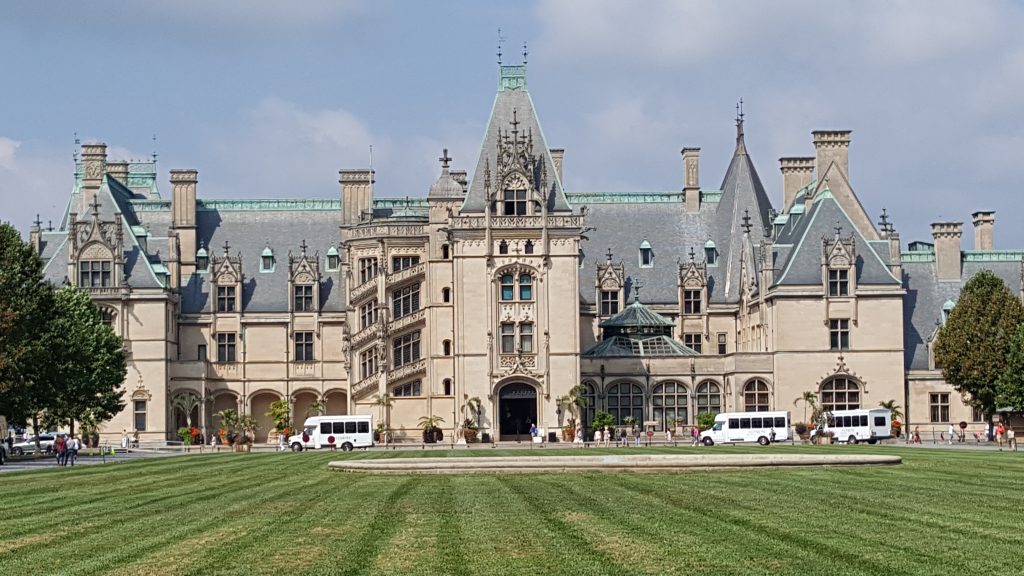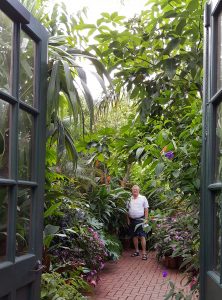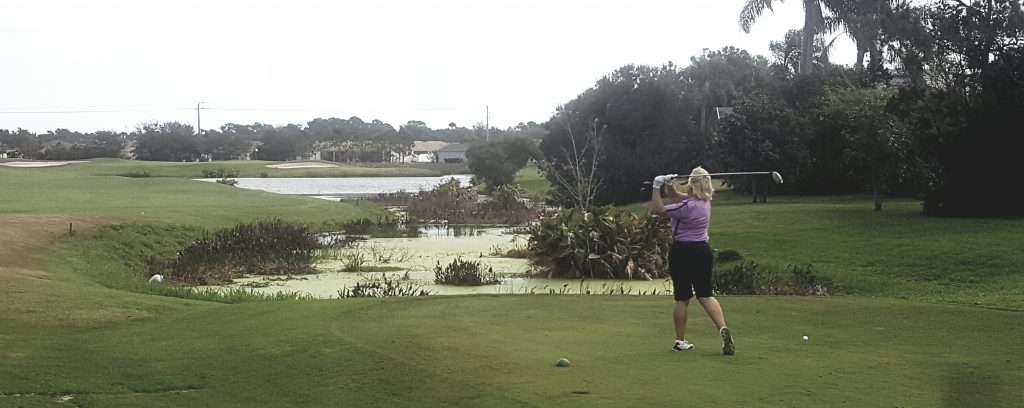
 Of the four golf courses in PGA Golf Club, one stands out – at least historically.
Of the four golf courses in PGA Golf Club, one stands out – at least historically.
The winter home of the PGA of America’s 28,000 members includes three 18-hole courses on the grounds of PGA Village – the Wanamaker, the Ryder and the Dye. PGA Golf Club also encompasses one course across Interstate 95 about two miles to the east. That one is now called St. Lucie Trail Golf Club. It didn’t always have that name – in fact, this is the third one since the 18-holer opened for play in 1988. Still it is, at least technically, the start of what is now the PGA Golf Club.
St. Lucie Trail stands apart from its three companion courses under the banner of the resort by more than location. The PGA of America purchased what is now St. Lucie Trail in 1995, before any of the other PGA Golf Club courses were ready for play. Not only is St. Lucie Trail older than the Wanamaker, Ryder and Dye, it also differs in that it has a lengthy history as a private club.
Like the Wanamaker and Ryder, however, St. Lucie Trail also has the benefit of the Fazio touch and the Fazio name means a lot in golf course architectural circles.
Sound confusing? A little history will be helpful.
Port St. Lucie was by no means a golf hotbed in the early 1980s, when PGA Tour player –turned-course architect George Fazio led the way in the creation of a private course called The Reserve near what is now PGA Golf Club. His nephew Jim Fazio was the course designer when the club opened its doors in 1984.

Jim’s work in the area, though, didn’t end there. Four years later he would design the course at St. Lucie West Country Club, also in Port St. Lucie. The Reserve, now called The Legacy, is not part of the PGA Golf Club but it was the first entry in Jim Fazio’s design resume which now numbers about 30 courses in the United States and another 30 in foreign locations like Japan, Spain, Italy and the Caribbean Islands.
The second and third Jim Fazio designs were Hawks Nest, in Vero Beach, which opened in 1986, and St. Lucie West Country Club, which was ready for play in 1988. St. Lucie West was the forerunner to what is now St. Lucie Trail.
The PGA of America already owned St. Lucie West when it started its PGA Golf Club as a resort in 1996. That’s the year the North and South courses (now the Ryder and Wanamaker) opened for play. Both were designed by Tom Fazio, Jim’s younger brother. The Dye course, a Pete Dye creation, was added in 2000 and is the only course in the group not designed by a Fazio.
St. Lucie West Country Club remained private and continued with that title for about 18 months after the purchase. Then the PGA renamed it PGA Country Club and kept it private for nearly two decades.
That changed on Nov. 1, 2014, when general manager Jimmy Terry announced that the club – after an 18-month revitalization program that included work on the tee boxes, fairways and greens and additional landscaping, all supervised by director of agronomy Dick Gray – was going public.
Along with that announcement came the name change, to St. Lucie Trail, and a new logo. The club would also become the national testing ground for player development programs originated by the PGA of America to grow the game both locally and nationally.
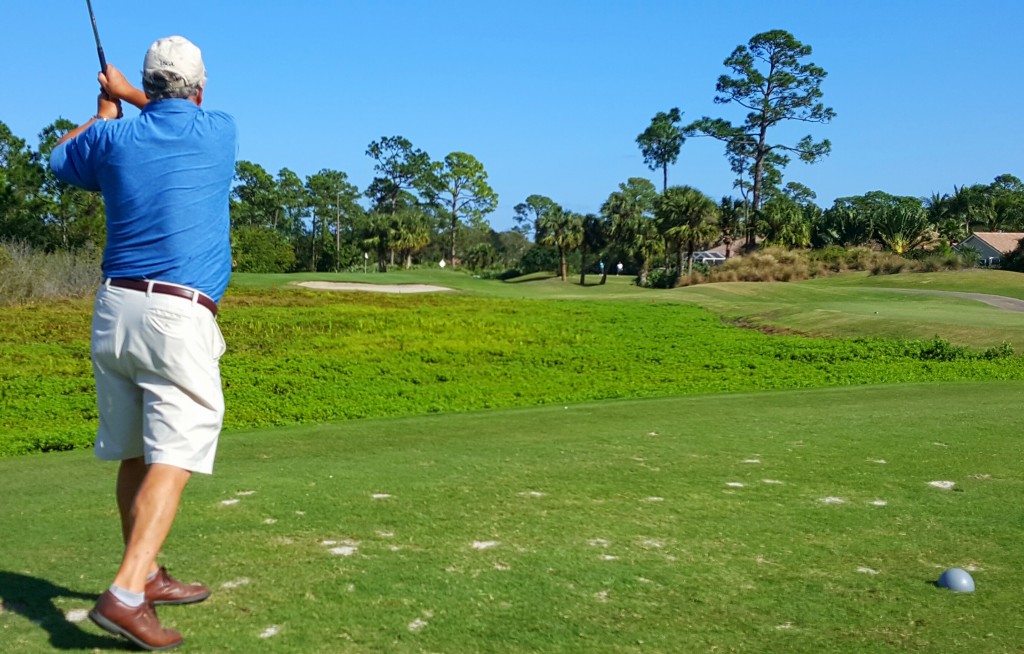
As a private venue, PGA Country Club may have seemed somewhat of an after-thought for the resort facilities. Its change to a public venue, though, triggered a five-year plan to upgrade the entire resort.
“The first year we started working on agronomy and started working on the greens at St. Lucie Trail,’’ Terry said. “The second year we renamed the course, made it semi-private and changed the pricing structure to make it affordable for people to play.’’
Nate Manis, who became St. Lucie Trail’s head professional when the course went public, witnessed the change up close and personal.
“There was a lot of hype around the community, but it took a good solid month before we were rocking and rolling,’’ he recalled. “Still that first year we were very well received. It was a huge boost for us.’’
That showed in the numbers. Rounds played in the first year as a public venue nearly hit 30,000. As a private club the rounds were closer to 15,000 per year.
Major work on the clubhouse and renovation of the Wanamaker and Dye courses would follow the St. Lucie Trail announcement and the Ryder will get a similar facelift this fall to conclude the five-year effort to upgrade the entire four-course facility that also includes a short course and spacious Learning Center.
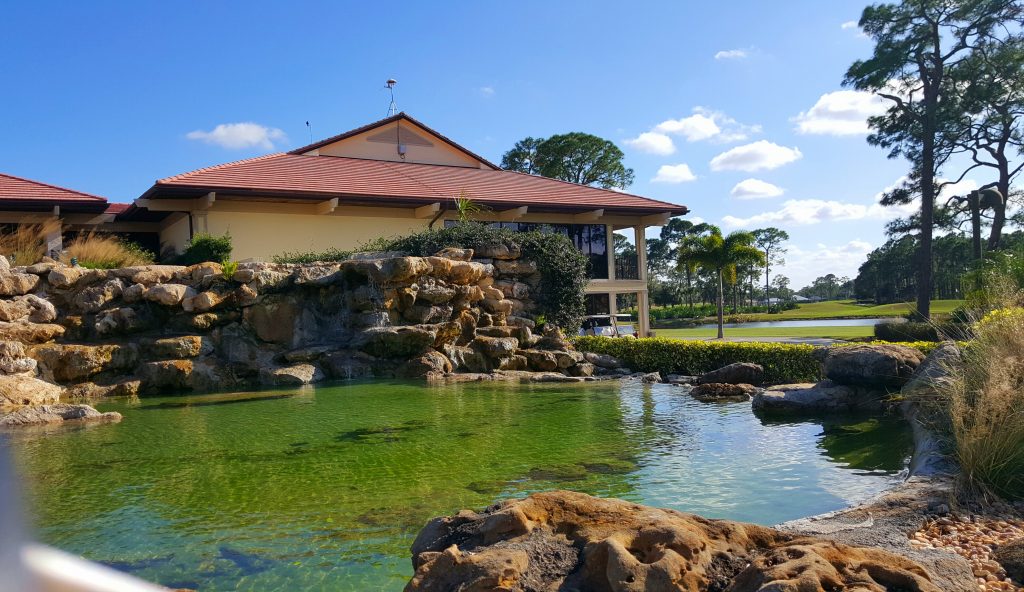
“At the end of the five-years we will have touched every course and the clubhouse,’’ said Terry. “The response from our members has been very positive. Our private club memberships have been the highest they’ve ever been and the rounds of golf are back to a level where we’re happy with them.’’
Getting more players on what had been its private club is just one of the benefits of the hard work over the last three-plus years. The St. Lucie Trail layout hasn’t yet received the recognition that other Jim Fazio designs in Florida have but that could change as more players experience its challenges.
Best known of Fazio’s other designs is Trump International in West Palm Beach – incoming U.S. President Donald Trump’s first venture into golf. Hawks Nest, in Vero Beach, and El Diablo, in Ocala, have also been recognized in various state rankings and St. Lucie Trail might be next. There is now a growing number of players (myself included) who believe that it may be the best of the PGA Village/PGA Golf Club courses.
After playing all five in the span of a month, St. Lucie Trail seems the most challenging. It is a tighter driving course than the others with some particularly memorable holes.
No. 6, a 418-yard par-4 that well deserves its status as the No. 1 handicap hole, comes to mind first. It has the most demanding tee shot on the layout and that hole follows another good hole. No. 5 is a 415-yard par-4 with a pond on the right and an uphill approach to the green.
The back side isn’t as tough as the front but Nos. 14, 17 and 18 – a par-4, par-3 and par-5 respectively – merit post-round discussion. The 17th may be the prettiest hole on the course and the 18th, at 550 yards, is the longest.
St. Lucie Trail, which plays at 6,901 yards from the back tees, is the only one of the four PGA Golf Club courses under 7,000 yards. Longest is the Dye at 7,221 yards. The Dye also has the highest rating (75.7) while the Wanamaker has the top slope (145). St. Lucie Trail has a 73.4 rating and 142 slope.
